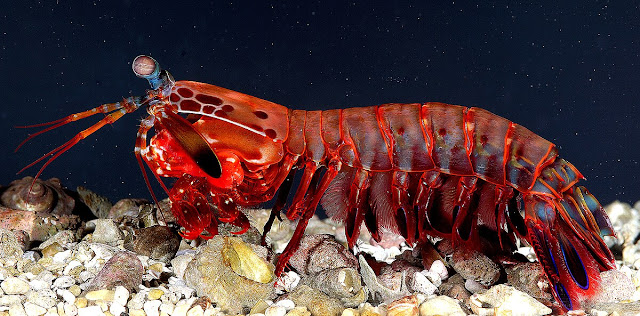Hey there, fellow shrimp enthusiasts! Ready to dive into the underwater world of these tiny crustaceans? Today, we’re unraveling the mystery of why shrimp have their hearts – and a bunch of other important stuff – chilling in their heads. Yup, you heard that right! Let’s get shrimpin’!
First off, picture this: you’re at your favorite seafood joint, staring down at a plate of shrimp. Ever notice how the head and thorax (that’s the part right behind the head) seem to be the tough guys of the shrimp body? Well, that’s because they’re packing some serious protection – a thick exoskeleton. Think of it like a shrimp’s very own suit of armor!
Now, why all the fuss about armor, you ask? Well, it’s all about survival, my friends. Shrimp are pretty savvy when it comes to staying safe in the big blue. With predators lurking around every coral corner, having a tough head is a major plus. Imagine if a predator took a bite out of a shrimp’s tail-end and bam – there goes its heart or stomach! Game over for the shrimp. So, over millions of years, shrimp evolved to stash their vital organs where they’re safest – right up in the ol’ noggin.
But wait, there’s more! Let’s talk about those shrimp hearts. Unlike our human ticker, which keeps it simple with two pairs of chambers, shrimp hearts are like the fancy mansions of the sea. They’ve got not one, not two, but three pairs of heart entrances! Talk about a heart with some serious real estate.
So, why all the extra entrances? Well, it all boils down to one thing: oxygen. See, shrimp are all about that underwater life, but breathing underwater isn’t as easy as it sounds. While us land-dwellers have it easy with just one entrance and exit for our blood to grab oxygen, shrimp have to work a bit harder. With their multiple heart entrances, they gotta play a little game of valve coordination to keep the oxygen flowing smoothly. It’s like a well-choreographed dance down there in Shrimp Town!
Now, let’s address the elephant in the room – or should I say, the shrimp in the tank? Some of you might be thinking, “But hey, why can’t shrimp just keep their hearts in their tails like everyone else?” Well, my curious crustacean connoisseurs, it’s all about balance. By keeping their hearts up top, shrimp can maintain a better equilibrium in the water. Plus, having their hearts close to their heads means they can pump oxygen-rich blood straight to their noggins when they need a little brain boost. Smart, huh?
So, the next time you’re slurping down some shrimp cocktail or tossing a few on the grill, take a moment to appreciate these little sea critters and their fascinating biology. From their armored heads to their multi-entranced hearts, shrimp are truly a marvel of the ocean.
And there you have it, folks – the scoop on why shrimp keep it all in their heads. Until next time, keep on shrimpin’ and stay curious about the wonders of the deep blue sea! 🦐🌊

Comments
Post a Comment